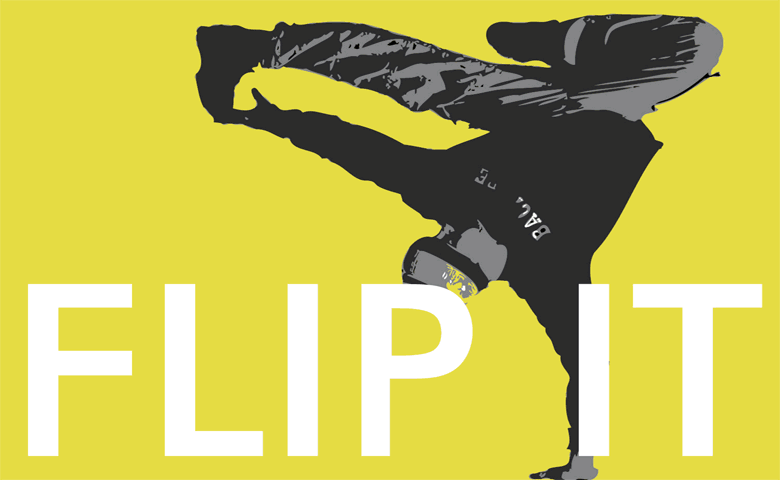
Richmond– A new study has found that inverting state tax structures—whereby the highest income earners would be taxed at the current percentage of income for the lowest income earners, and vice versa—would collectively raise $6.9 billion more in revenue, a 21.4 percent increase over Virginia’s current tax structure. “Flipping” the tax structure would eliminate future budget deficit woes and would help offset the serious state and local budget cuts Virginians have experienced for the last four years.
The report, titled “Flip It to Fix It: An Immediate, Fair Solution to State Budget Shortfalls” was released today by Boston-based United for a Fair Economy and is supported by state organizations like Virginia Organizing.
"While Governor Bob McDonnell and our legislators in Richmond pat themselves on the back for creating a surplus, all Virginians continue to suffer as a result of years of unwise budget cuts stemming from a refusal to make common-sense revisions to our antiquated, upside-down tax system,” said David Shreve, report co-author and Virginia Organizing supporter.
“Flip It to Fix It” attributes a large part of states’ current deficits to the regressive tax structures that the report shows are designed to fail. “Trying to raise adequate revenue through a regressive tax structure—where a greater percent of income is demanded of the poor than the well-off—is like trying to squeeze water from a stone,” said Karen Kraut, coordinator of state tax policy at United for a Fair Economy and co-author of the report.
The report highlights Virginia’s regressive tax structure where the poorest taxpayers pay a larger percentage of their income than the richest taxpayers. Virginia's richest 1 percent of taxpayers pay 5.2 percent of their income in state and local taxes while the state’s poorest 20 percent pay nearly 8.8 percent. Most of Virginia's middle class pays between 8 percent and 8.4 percent of their income.
“The inadequacy of regressive tax structures puts everything we value at risk: the well-being of families, the future competitiveness of the American workforce, and the nation’s ability to rebound from the recession and prosper,” said Kraut.
The report contends that an inverted tax structure not only solves budget crises, but increases equity and best spurs steady and strong economic activity.
“Instead of flipping our upside-down tax structure, a proven way to spark new economic activity and jobs, our elected leaders are gutting our infrastructure and education system. They are also relying disproportionately on federal spending and federal jobs to create the illusion of sound state policy,” said Shreve. “We cannot continue to kick the can down the road and place a relatively meaningless accounting balance ahead of the state's economy and the needs of its citizens.”
The report calls on states to adopt its proposed progressive tax reforms, many of which are immediately achievable and will help solve state deficits.
The full report and state-by-state information is now available at http://www.faireconomy.org/

